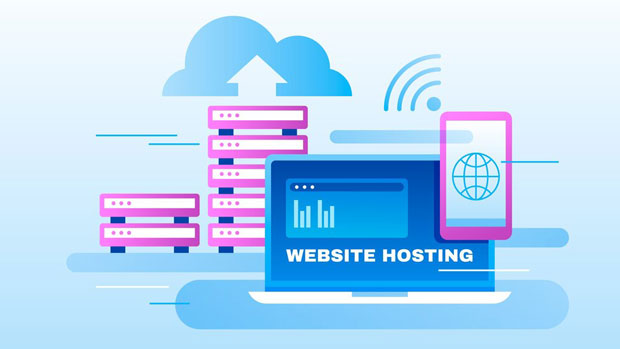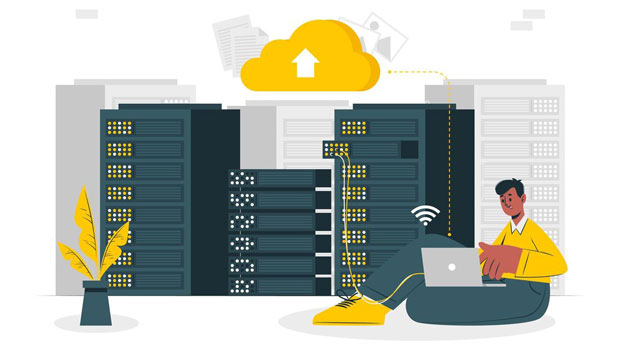PYPROXY, a Python-based proxy management tool, offers a robust solution for automating and managing proxy servers. However, as businesses and individuals scale their operations, there arises a need to integrate PyProxy with third-party proxy management tools. This integration can bring additional features, such as enhanced security, improved load balancing, and better performance metrics. In this article, we will analyze the compatibility of PyProxy with third-party proxy management tools, explore the technical aspects of integration, and discuss the benefits and challenges involved. Introduction to PyProxy and Third-Party Proxy Management ToolsPyProxy is designed to handle proxy connections, rotation, and management through Python scripts. It is commonly used for applications like web scraping, data mining, and anonymity services. While PyProxy offers flexibility, it often lacks the advanced management features available in dedicated third-party proxy tools. These tools typically provide a range of functionalities, including automated proxy switching, real-time monitoring, load balancing, and detailed logging.Third-party proxy management tools such as ProxyMesh or SmartProxy are popular because they offer additional scalability and functionality compared to standard proxy services. These tools are designed for businesses that need high reliability, performance, and support. Integrating PyProxy with such services could combine the strengths of both systems—PyProxy's customizable scripting environment with the advanced features of third-party tools.Technical Compatibility and IntegrationThe compatibility of PyProxy with third-party proxy management tools depends largely on the underlying architecture of both systems. PyProxy utilizes Python scripts to interface with proxy servers, while third-party tools typically provide an API or a network interface to interact with their proxies. To ensure smooth integration, the following technical factors need to be considered:1. API Integration: Many third-party proxy management tools offer an API that allows external applications, like PyProxy, to interact with their proxy servers. By utilizing HTTP requests, Python libraries like `requests` or `http.client` can be used to communicate with the API and manage proxy settings. This integration is typically straightforward and allows users to control proxy rotation, check status, and manage authentication through a unified interface.2. Authentication Mechanisms: PyProxy allows proxy configuration via IP, port, and authentication credentials. When integrating with third-party tools, it is crucial to ensure that the authentication methods supported by both platforms are compatible. If the third-party tool uses token-based authentication, for example, PyProxy needs to be configured to handle these tokens in its scripts.3. Proxy Rotation and Load Balancing: Third-party proxy management tools often provide advanced features like automated proxy rotation and load balancing across multiple IPs or regions. PyProxy can integrate with these tools by utilizing their proxy lists and rotation policies. This ensures that PyProxy can switch proxies at regular intervals, reducing the risk of IP bans or throttling, which is common in web scraping tasks.4. Error Handling and Failover Mechanisms: One of the key challenges when integrating PyProxy with third-party tools is ensuring that the failover mechanisms work seamlessly. PyProxy needs to handle proxy failures and switch to an alternative proxy from the third-party provider if the current one becomes unresponsive. Proper error handling should be built into the PyProxy scripts to ensure minimal disruption during proxy management.Benefits of IntegrationIntegrating PyProxy with third-party proxy management tools offers several key advantages that can significantly improve the effectiveness of your proxy setup:1. Increased Scalability: Third-party tools often provide a large pool of proxies from multiple regions, which PyProxy can utilize. This increases the scalability of your operations, as you can manage a much larger number of proxies than what PyProxy alone can handle. This is particularly beneficial for large-scale web scraping or data mining projects that require a diverse set of proxies.2. Enhanced Performance: By combining PyProxy with third-party proxy management tools, users can leverage features like load balancing, which distributes requests evenly across multiple proxies. This helps in maintaining a stable and fast connection while reducing the chances of server overload or proxy downtime.3. Advanced Security Features: Many third-party proxy services offer advanced security features, such as encrypted proxy connections, IP whitelisting, and more robust authentication methods. Integrating these with PyProxy ensures that your proxy management system is more secure and resistant to attacks or unauthorized access.4. Real-Time Monitoring and Analytics: Third-party proxy tools typically provide dashboards for monitoring proxy performance and analyzing traffic. By integrating PyProxy with these tools, users gain access to detailed logs, real-time performance metrics, and analytics, enabling them to make informed decisions about their proxy usage.Challenges of IntegrationWhile the benefits of integrating PyProxy with third-party proxy management tools are clear, there are also some challenges that users should be aware of:1. Complexity in Setup: Setting up the integration between PyProxy and a third-party proxy tool can be complex, especially if the APIs or interfaces of the two systems are not fully compatible. It may require significant programming effort to ensure that PyProxy can handle all the features of the third-party tool and vice versa.2. Cost Implications: Many third-party proxy services operate on a subscription or pay-per-use model. While integrating PyProxy with such services can improve performance, it may also increase the cost of using proxies. Businesses need to carefully consider the cost-effectiveness of this integration, especially for long-term projects.3. Potential Compatibility Issues: Not all third-party proxy tools are designed to work with PyProxy out-of-the-box. Depending on the proxy management system you choose, there could be compatibility issues related to API versioning, authentication methods, or proxy protocols. Testing the integration thoroughly is essential to ensure smooth operation.4. Maintenance Overhead: Once the integration is in place, maintaining it can require ongoing attention. As both PyProxy and third-party tools evolve, users need to ensure that the integration continues to work properly with new updates. This might involve troubleshooting, bug fixes, or adapting the integration to work with new features introduced by the third-party tool.Integrating PyProxy with third-party proxy management tools can be highly beneficial for users who need more advanced proxy management capabilities. It combines the flexibility and customizability of PyProxy with the powerful features offered by dedicated proxy tools, such as automated rotation, load balancing, and enhanced security. While there are challenges, such as setup complexity and potential cost implications, the advantages in scalability, performance, and security make this integration a valuable option for large-scale web scraping, data mining, and anonymity-focused applications. By carefully considering the technical requirements and compatibility issues, users can create a robust, efficient, and secure proxy management system that meets their needs.
Aug 15, 2025


































































